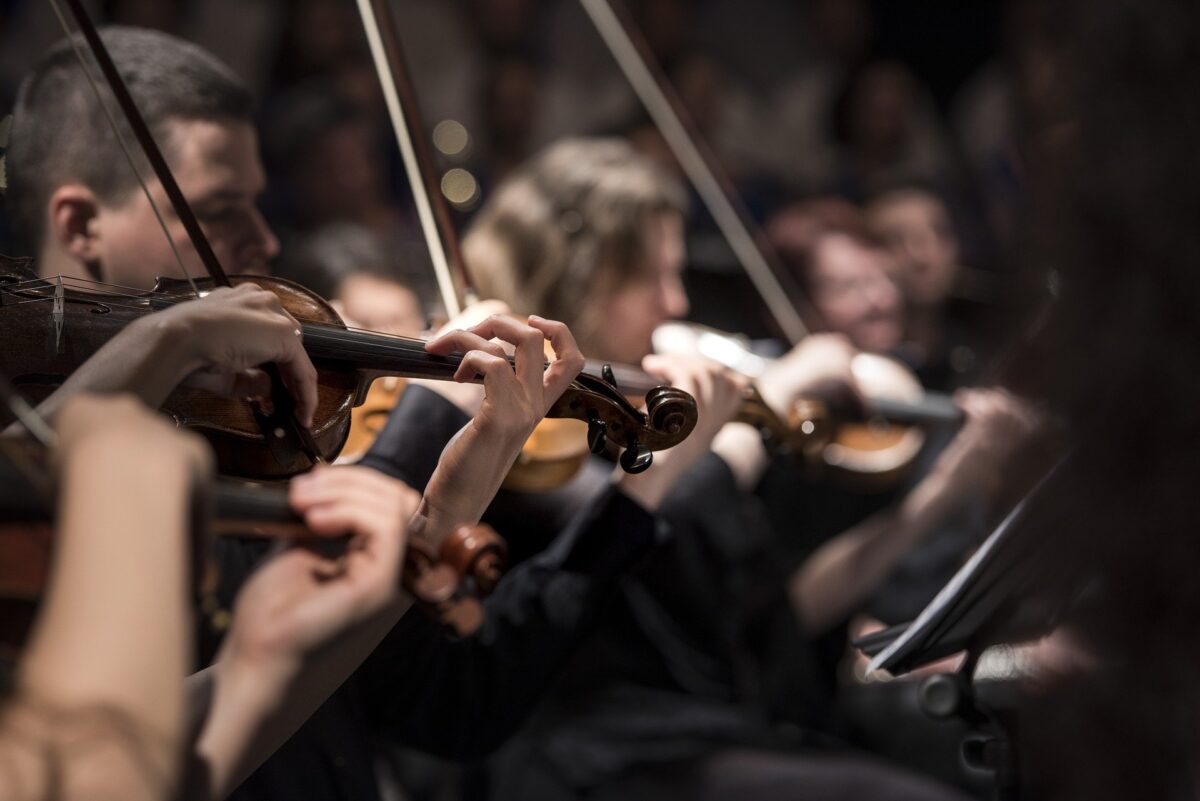When you’re learning to play the violin, there are many new concepts and techniques to incorporate. Many beginner violin students often feel overwhelmed at first because of the number of new skills required. However, you can make the situation less harrowing by focusing on a few fundamental tasks. You chose the violin for some personal reason, and finding ways to encourage your progress during the early training stages can significantly influence your future success.
We are providing a list of points that you need to remember while learning to play the violin.
1. You won’t sound like the violins in movie soundtracks for a long time.
Your violin will most definitely not sound airy when you’re first starting.
For one thing, the way you hold the bow is probably one of the most unnatural positions to get comfortable with, although it later will become second nature.
So when you play with that awkward bow hold for the first few days or weeks, all you will hear is scratch, pause, and once you get the hang of that – it will sound like some inconsistent buzzing noise, like the way a mosquito buzzes near your ear.
2. Your violin will always be noisy in some cases.
Even professional violinists sometimes find their violin playing sounds scratchy and noisy, but there is a bright side to this! Focus on holding the violin. The sound-producing f-holes are merely a few inches from your left ear. Some say violinists lose hearing in their left ear after a long time because the music is too close to the ear.
Violinists, especially when working on solo pieces, aim to articulate their sounds to the last seat of the concert hall. So just because you hear that scratch and creak, with the dampening effect of a concert
hall, the audience will only hear the beautiful music.
3. Your violin needs care.
If you have a violin, you need to understand that some work will go into maintaining it. Don’t worry, though – this will become a habit over time. When a violinist prepares to play, you see them first tightening the bow, then applying a small object over the bow hair. A bow is a little bit of a curve in shape. To maintain the bow’s curved shape, it needs to loosen each time it is not in use. You turn the knob at the end of the bow and rotate it the other way the next time you use it. The object that violinists apply over the hair of the bow is called the rosin. Bow hair is naturally slippery and does not make a sound on its own. It needs friction, and sticky rosin triggers the friction. The rosin leaves a residue on the strings, and it needs proper maintenance. You will also want to wipe down the rest of the violin after use to ensure that all rosin is off your instrument. It is essential to never use alcohol to clean your violin, instead of using a lint-free, soft cloth to wipe off the rosin dust. Most violin stores will sell you a violin cleaning kit that features a proper fabric.
4. Many people around the world play the violin better than you; they may even be 4 years old.
While it’s true that there are many incredible young violin prodigies, it shouldn’t make you discouraged. That’s the case in many other instruments too. Rock guitarist and ArtistWorks instructor Paul Gilbert discovered an 8-year-old girl who could play a song that he wrote at an extremely advanced level.
Many people will be better than you, but this will always be the case – so best not to let it bother you. It may be a while before you perfect techniques like violin vibrato and violin scales; however, that’s no reason to get discouraged. It’s not a competition, after all, the objective when playing the violin is to express yourself
through the music.
5. You are not alone. Welcome to the violin community!
Violin is a community. I have made my closest friends from playing the violin. Once you start taking violin lessons, you’ll also meet fellow violinists as you attend local concerts or join a local ensemble. We violinists love talking about what we’re working on or what inspires us. So reach out to the community and make your voice heard, we want to get to know you!

